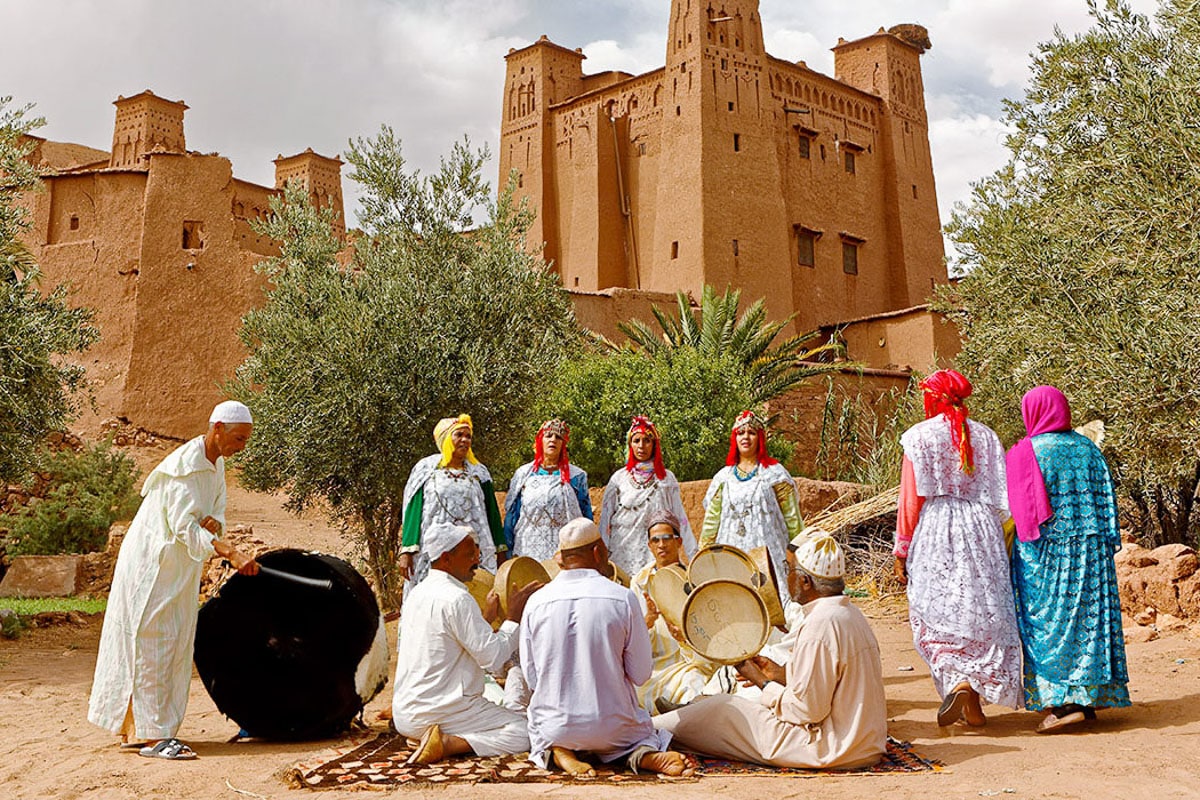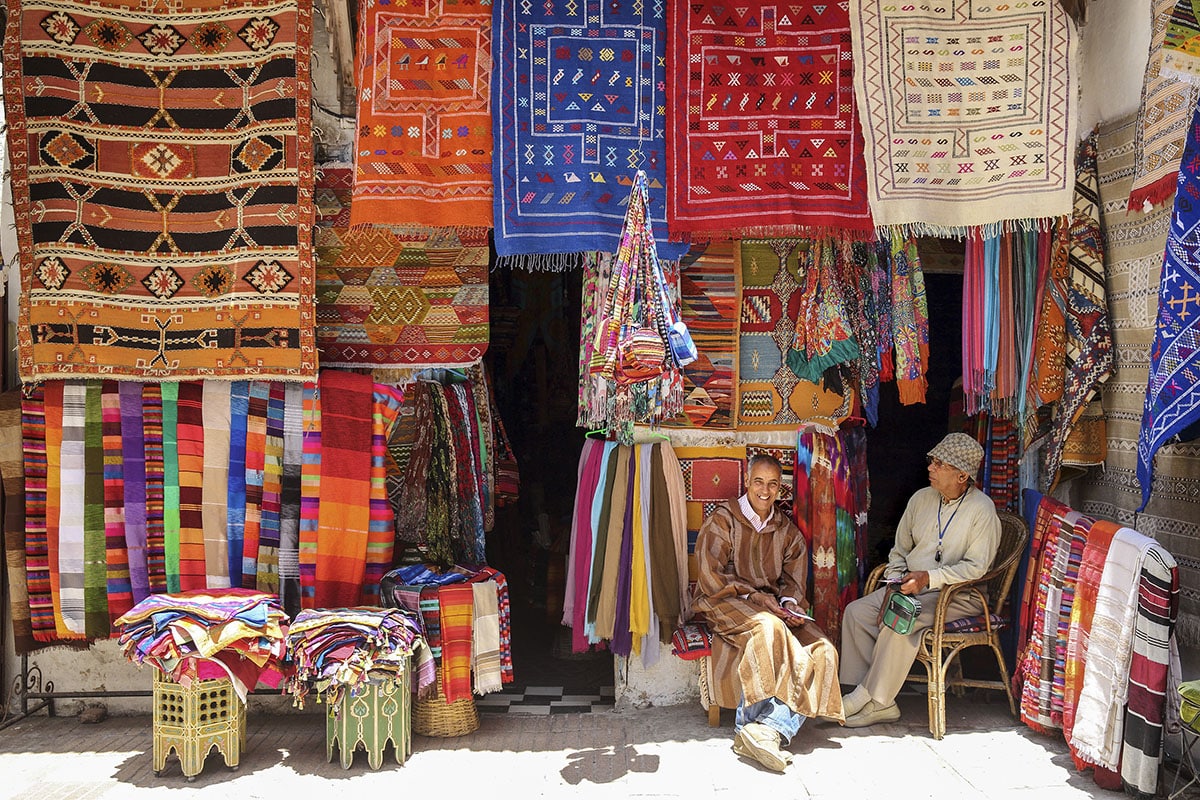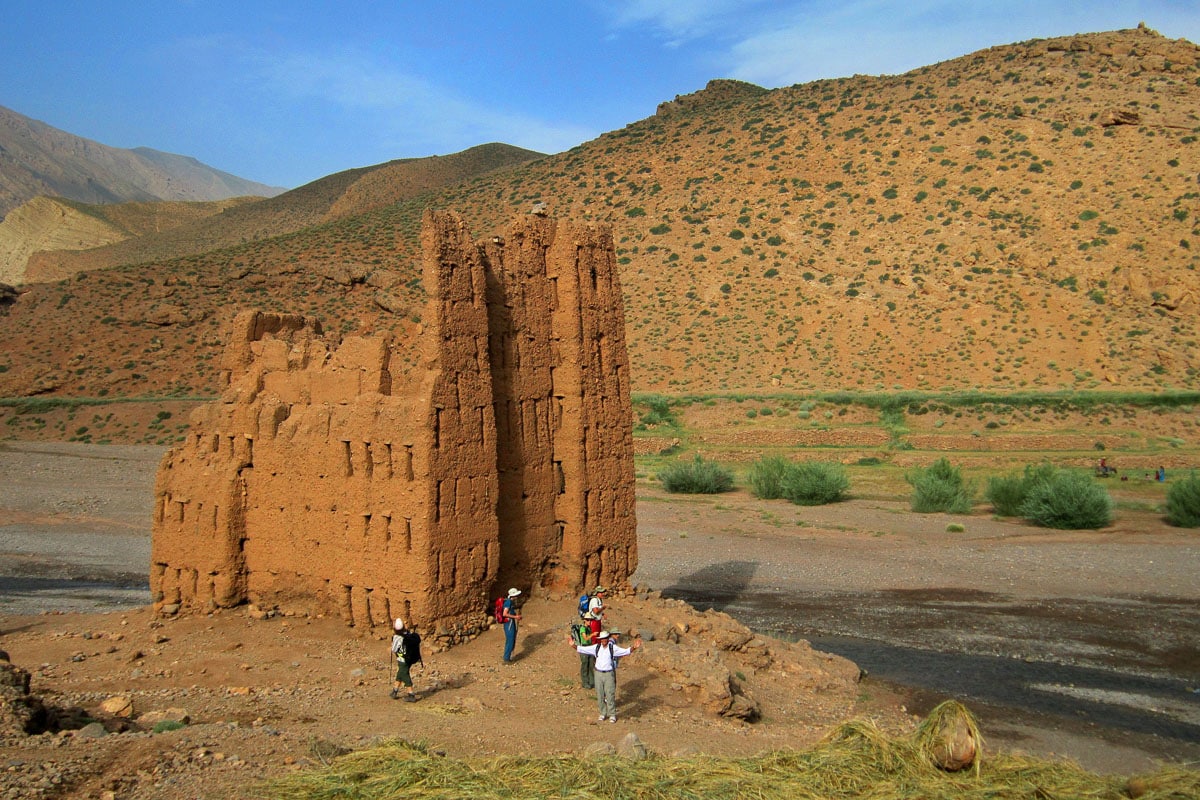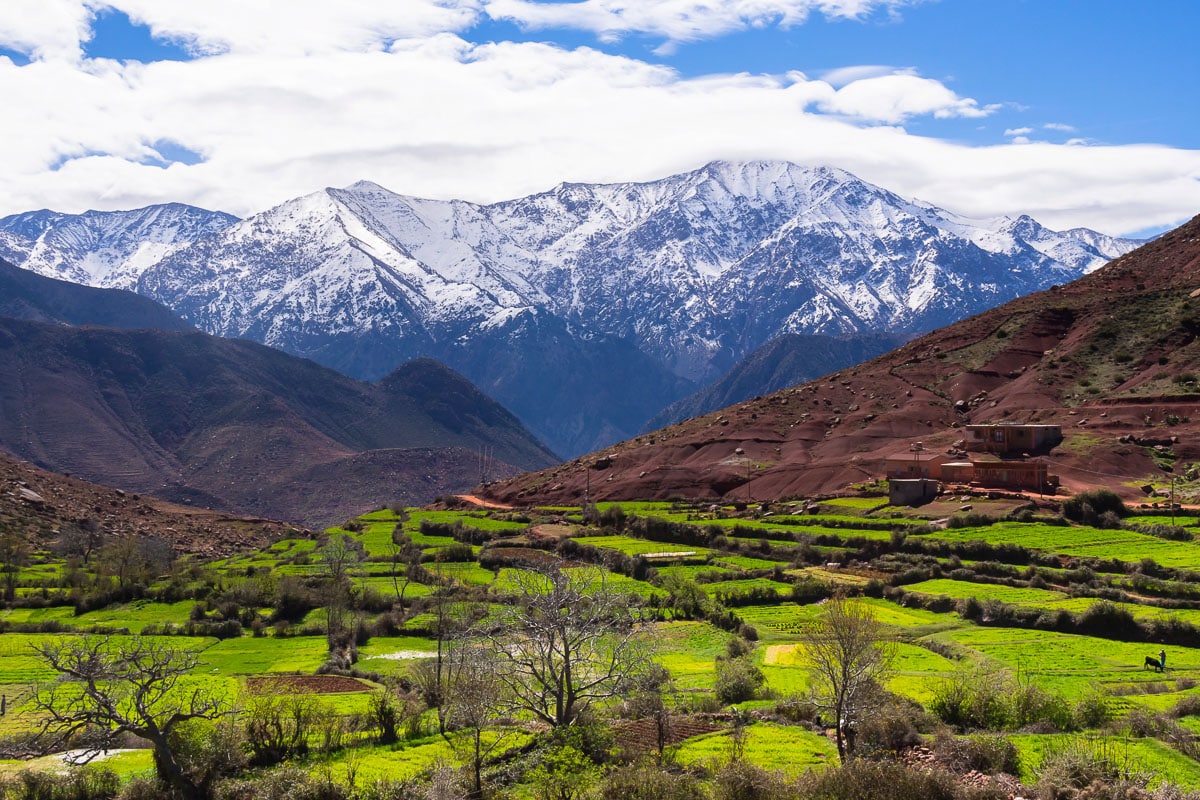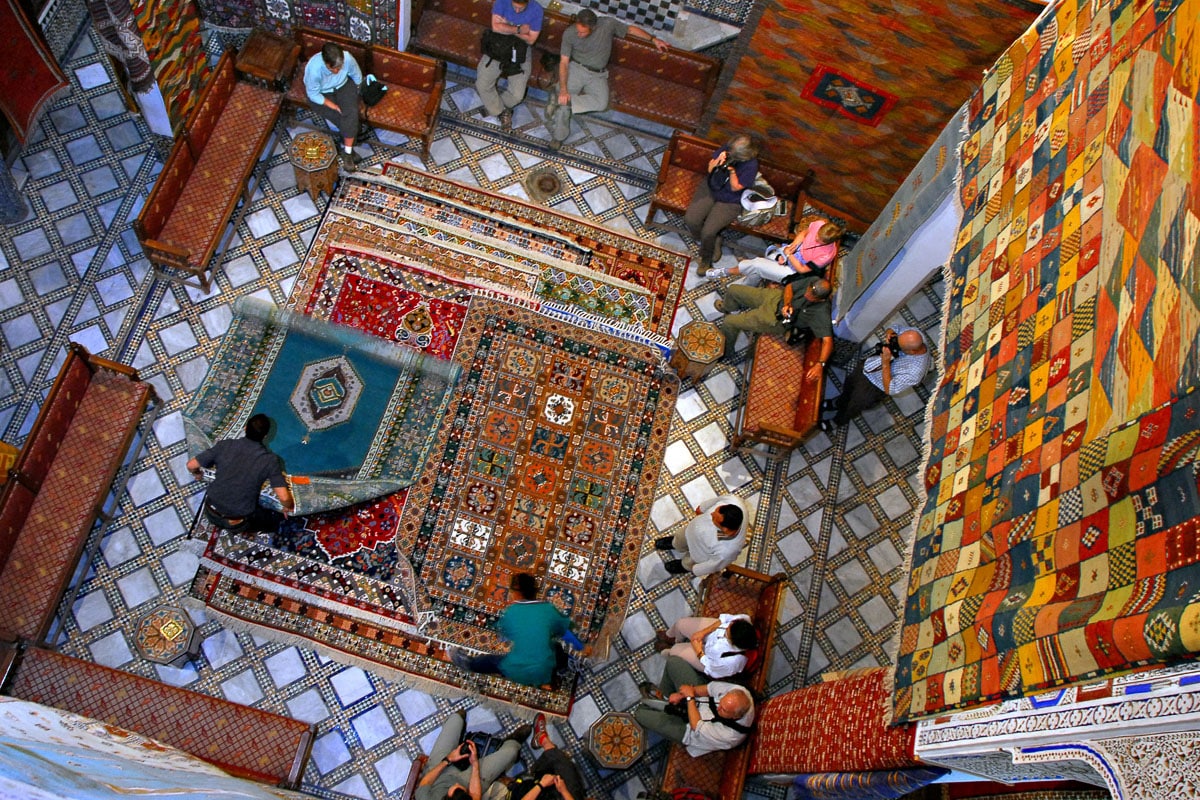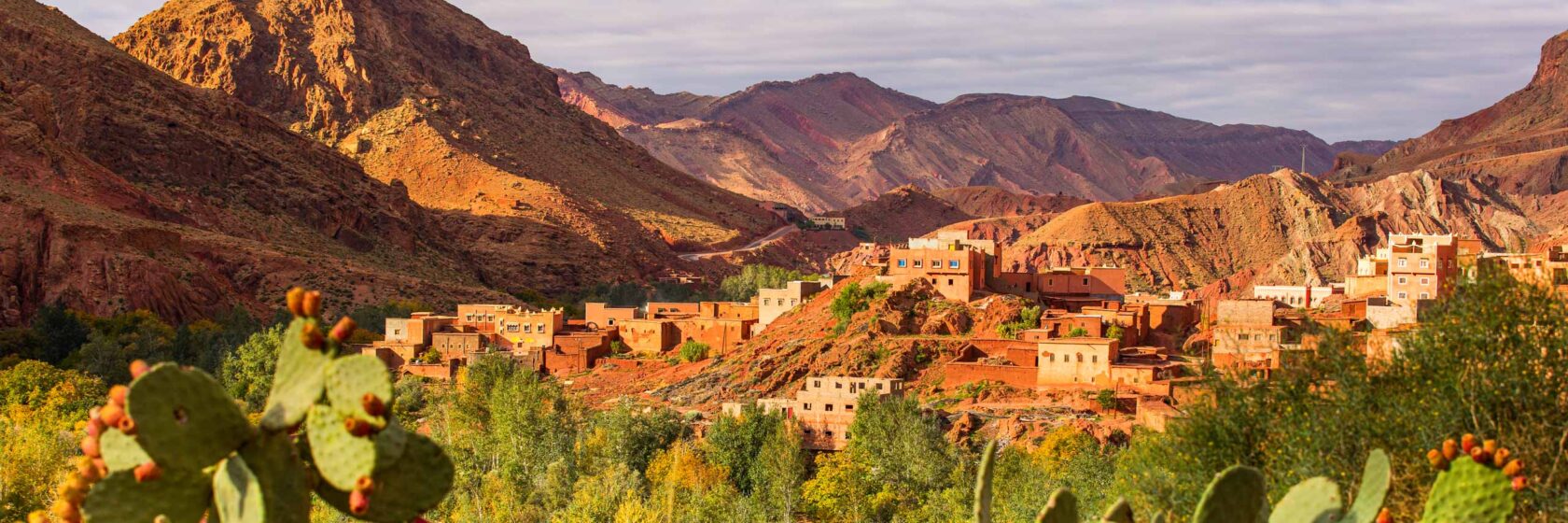
Morocco
The Best Time to Visit Morocco
Morocco brings to mind camel trains traversing the desert, but in many areas north of the Sahara, Morocco has a temperate climate similar to that of other Mediterranean countries. (Spain, at its closest point, is less than ten miles away.) We time our trips for Morocco’s best weather, when temperatures are moderate and skies tend to be sunny. The desert can get cold at night, especially in winter and early spring.
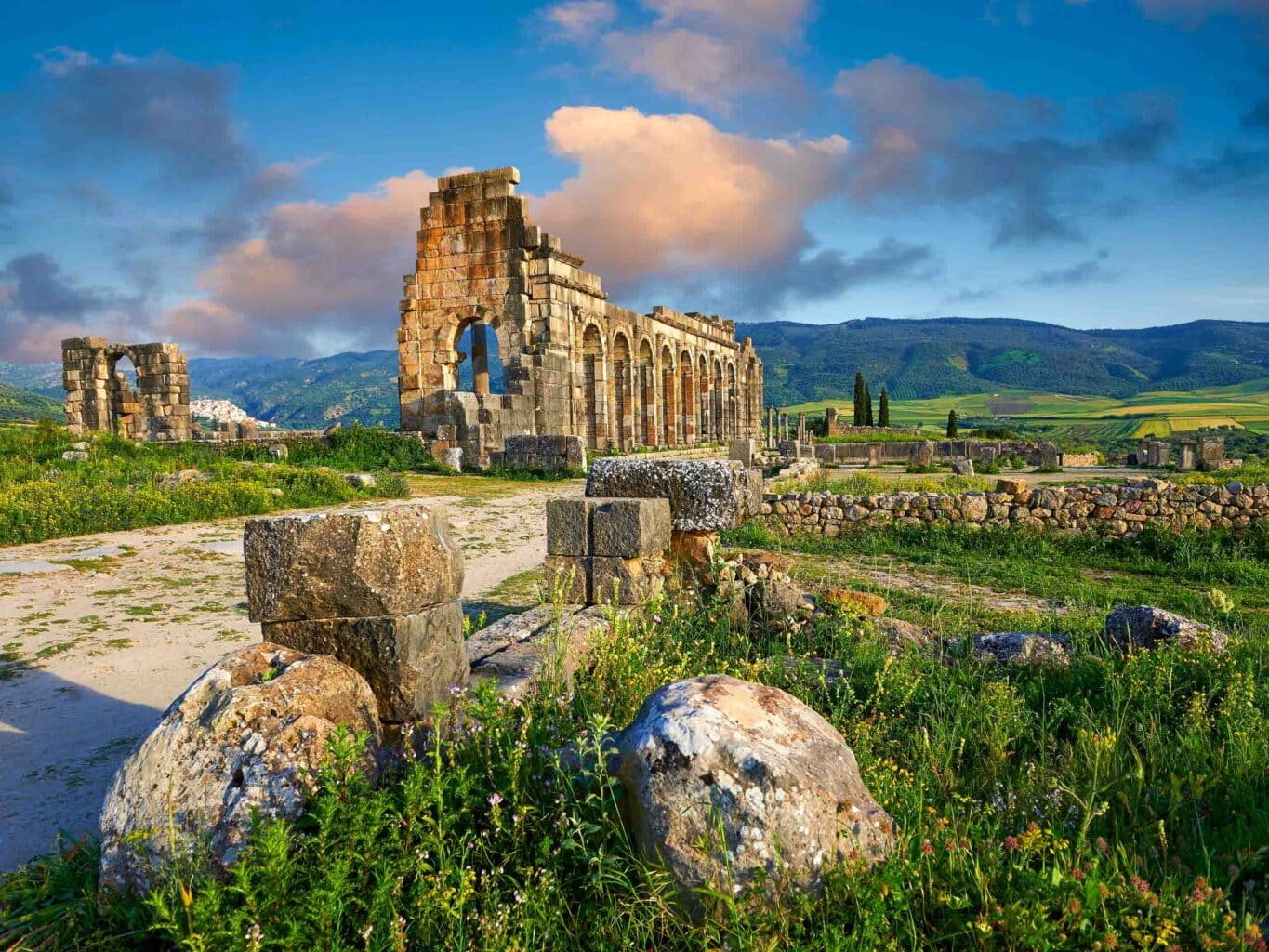
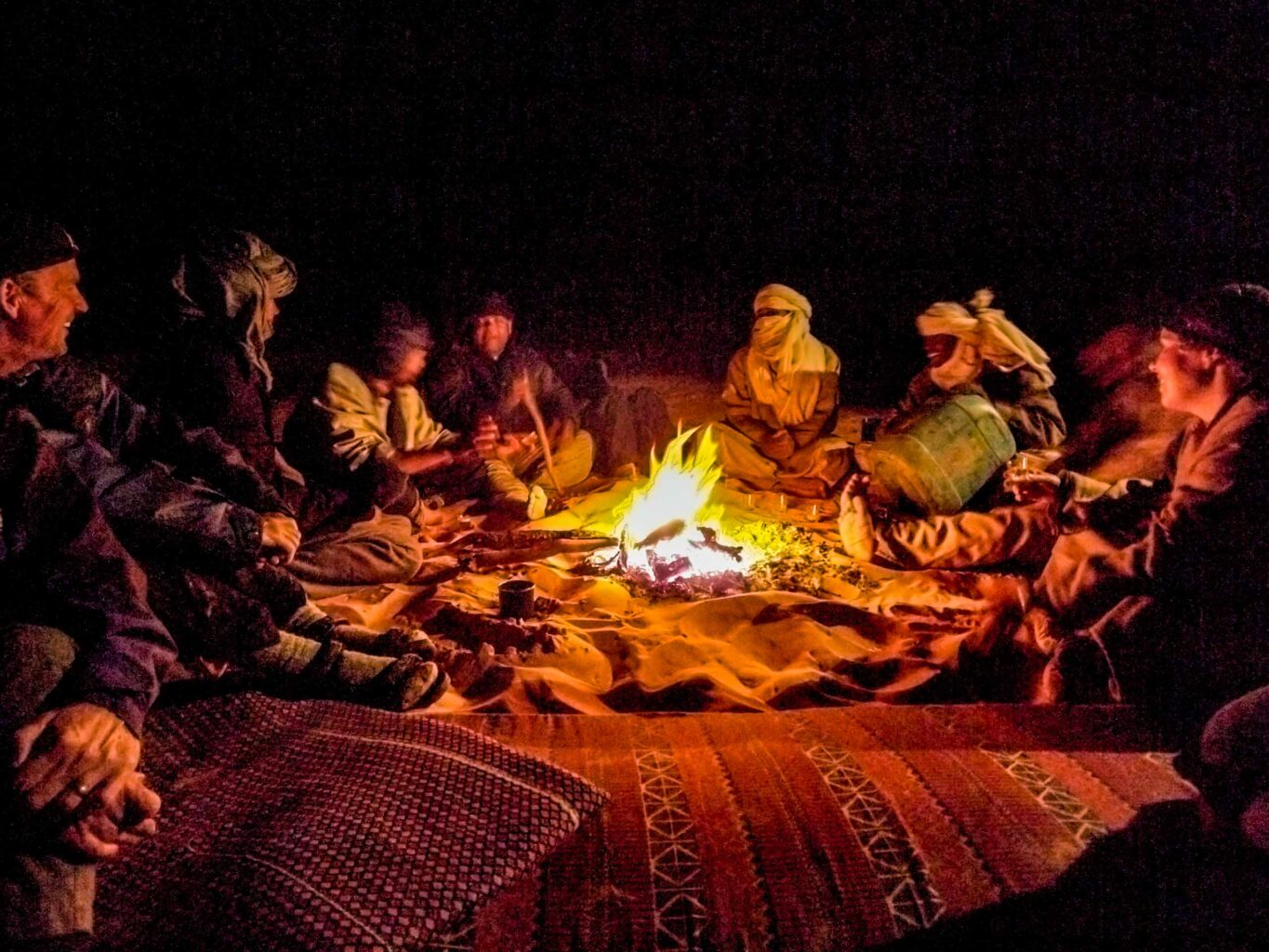
February to May
Spring is an ideal time to visit, as average daytime temperatures in coastal cities range from the mid-60s to the low 80s. The countryside is lush and green, and the High Atlas peaks retain their snow-capped grandeur, so mountain hikes are particularly spectacular. The Dades Valley is in vibrant bloom in early spring, from late February through March, and has cooler average highs in the 40s, dropping to lows in the 30s at night. In the north, light rains may stretch to mid-March.
Best trips for these months:
- Morocco: Camels to Casbahs
- Morocco Private Journey
- Hiker’s Journey to Morocco
- Southern Spain to Morocco
June to August
It’s hot in the interior cities, but this is the perfect time to hike in the High Atlas Mountains, after the snows have melted. Daytime temperatures are in the 90s in the valleys, but cool down to the 70s as we gain elevation. Highs in the coastal cities are in the high 70s and low 80s.
Best trips for these months:
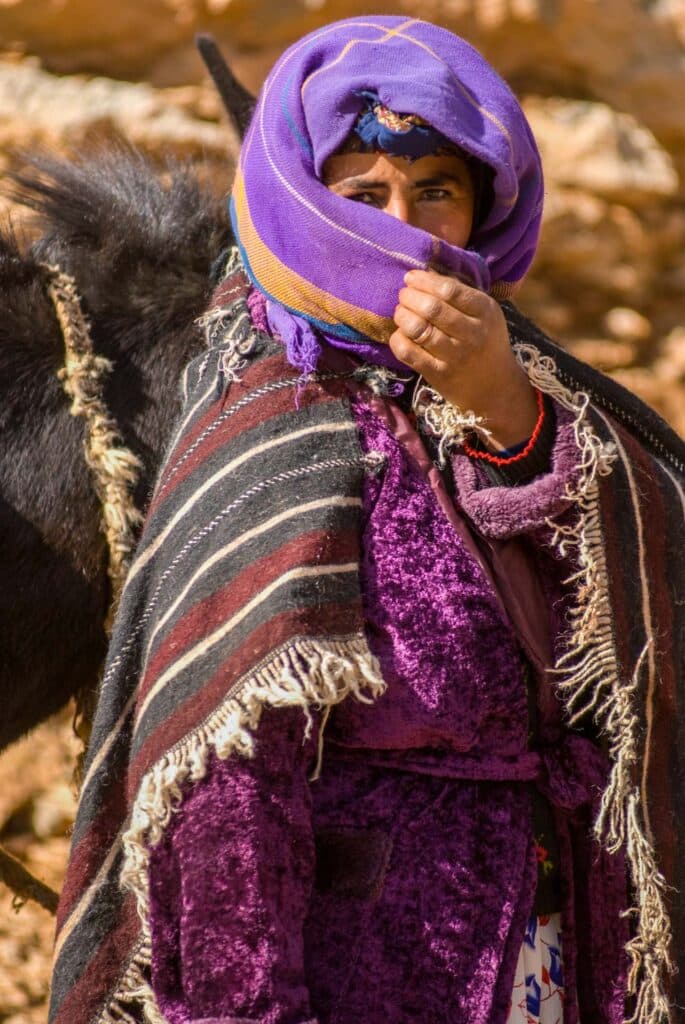
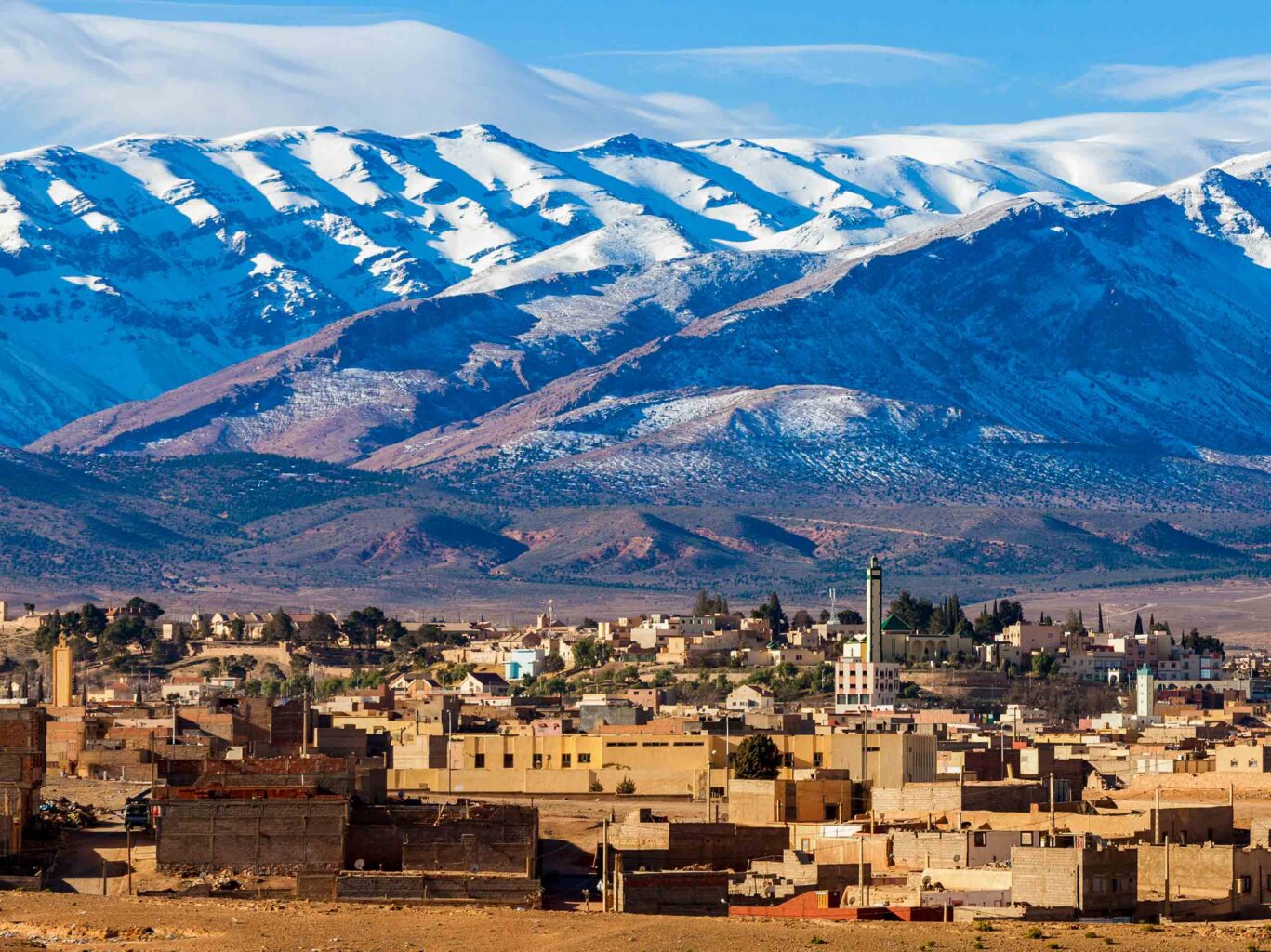
September to November
This is an excellent time to visit, as Morocco’s weather is mild and dry during the fall—highs range from the 60s to the high 80s. In the north, light rains begin in November.
Best trips for these months:
- Morocco: Camels to Casbahs
- Morocco Private Journey
- Hiker’s Journey to Morocco
- Southern Spain to Morocco
December and January
Rain in the north and snow in the mountains make winter a less-than-ideal time to visit.
Weather Chart

Learn More
Talk to an Expert
Our Africa Specialists know every detail about our Morocco trips. They will be happy to answer any questions and help you choose the journey that’s right for you. Contact us to learn more or book your trip today!

